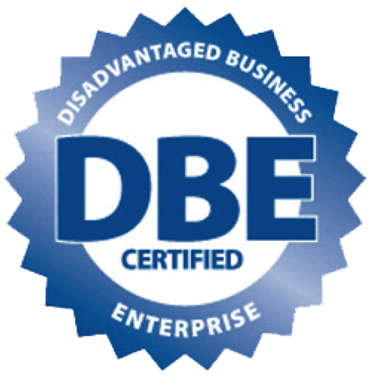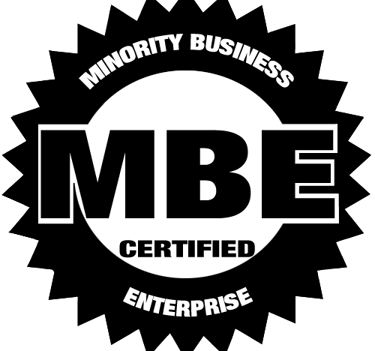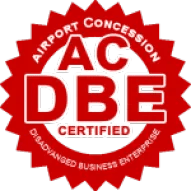You may be looking to the end of your open enrollment, but your work as an employer or HR professional isn’t over — it’s just entering a new phase. Once the paperwork is submitted and renewals finalized, the real opportunity begins: turning your employee benefits program into a powerful retention and engagement tool for 2026.
Beyond Open Enrollment: Turning 2026 Benefits into a Retention Strategy
Too often, employees spend only a few days each year thinking about their benefits — during open enrollment. The rest of the year, many forget what’s available, underuse important programs, or misunderstand how their plans work. A well-structured communication strategy can change that dynamic and transform your benefits investment into year-round value.
1. Post-Enrollment Communication: The Forgotten Step
Employees often enroll in health plans, life insurance, or voluntary benefits without fully understanding the details. That confusion leads to frustration when claims arise or when they discover unused resources mid-year.
After enrollment wraps up, send a short “Welcome to Your 2026 Benefits” message summarizing:
Which plans each employee selected (with confirmation links or summary attachments)
Key coverage highlights (e.g., preventive care, telehealth, EAP access)
Where to find ID cards, claim portals, and HR contacts
Even a single email or printed summary builds confidence and reduces HR helpdesk traffic in January.
2. Reinforce Value Year-Round
Employee surveys consistently show that many workers undervalue their total compensation because they don’t connect their paycheck to their benefits package.
Combat this by:
Sending quarterly “total rewards” reminders that illustrate employer contributions to medical, dental, life, and disability coverage.
Highlighting underused benefits, such as EAP counseling, wellness reimbursements, or virtual visits.
Incorporating benefits education into regular staff meetings or newsletters.
According to MetLife’s 2024 Employee Benefit Trends Study, over 60% of employees say they’re more loyal to an employer who helps them understand their benefits.[¹]
3. Focus on Utilization, Not Just Offering
Many employers believe “more choice” equals “more satisfaction,” but research shows otherwise. Employees are often overwhelmed by options. What matters more is usability — clear guidance on how to access benefits when they need them most.
Examples of effective follow-up campaigns include:
A “How to Use Your Benefits” email series in January.
Quick guides showing how to schedule telehealth visits, access urgent care, or use the plan’s mobile app.
Spotlighting low-cost virtual counseling or preventive screenings.
Making benefits easier to use increases satisfaction and can even lower claims costs by encouraging preventive care.
4. Tie Benefits to Culture and Well-Being
Today’s workforce — especially younger employees — expects benefits to reflect an organization’s values. A thoughtful benefits program communicates care, inclusion, and support beyond the paycheck.
Consider emphasizing programs that align with your mission:
Wellness and mental health: Promote stress management, EAP access, or mindfulness apps.
Financial wellness: Host a short virtual session on budgeting, HSAs, or student loan benefits.
Family-friendly flexibility: Communicate parental leave, childcare support, or flexible PTO options.
According to SHRM, 88% of employees say they’re more likely to stay with an employer that demonstrates commitment to their overall well-being.[²]
5. Leverage Mid-Year Check-Ins
Benefits communication shouldn’t wait until the next enrollment cycle. Schedule a mid-year check-in (around June or July) to:
Remind employees of preventive care benefits.
Update them on any carrier or plan network changes.
Collect feedback for future renewal decisions.
This proactive approach keeps benefits top of mind and helps identify pain points before renewal season.
6. Partner With Your Advisor for Education Support
Many agencies — including ours — offer customizable communication resources employers can brand and share, such as:
Benefit overview videos
Employee-facing infographics
“Did You Know?” tip sheets on plan usage and cost savings
These resources can be distributed quarterly or aligned with wellness campaigns to sustain engagement.
7. Turn Feedback Into Future Design
The best retention strategies evolve with employee feedback. Use anonymous surveys or quick polls to measure:
Benefit satisfaction
Understanding of plan options
Utilization of wellness or voluntary programs
Then use that data to refine future offerings. For instance, if employees consistently choose higher deductibles but struggle with out-of-pocket costs, adding a Health Savings Account (HSA) contribution might improve satisfaction without large premium hikes.
Final Thoughts
Open enrollment may end each November, but a strategic benefits approach runs year-round. Employers that consistently communicate, educate, and listen to employees about their benefits can expect stronger morale, lower turnover, and a healthier bottom line.
Make your 2026 benefits work for you — and for your team. Contact us today to explore communication and retention strategies tailored to your organization.
Footnotes
[¹] MetLife, 2024 Employee Benefit Trends Study: The Rise of the Whole Employee, www.metlife.com.
[²] Society for Human Resource Management (SHRM), 2024 Employee Benefits Survey: Retention Through Well-Being, www.shrm.org.


Transforming small business consulting with dynamic energy.
Service
Trust
(312) 220-9200
© 2025. All rights reserved.


141 W. Jackson Blvd. | Suite 1502 | Chicago, IL | 60604






